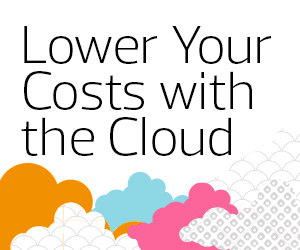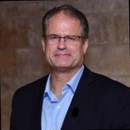The Current Landscape of the Public Cloud in Healthcare
The pandemic forced healthcare organizations to accelerate their technological upgrades. According to a Google Cloud study conducted in conjunction with The Harris Poll, 45 percent of physicians said the COVID-19 pandemic accelerated the pace of their organization’s adoption of technology. In fact, more than 3 in 5 physicians (62 percent) said the pandemic forced their healthcare organization to make technology upgrades that normally would have taken years.
For example, 48 percent of physicians would like to have access to telehealth capabilities in the next five years. Before the pandemic, about half of physicians (53 percent) said their healthcare organization’s approach to the adoption of technology would best be described as “neutral” (that is, they would be willing to try new technology only if the product has been on the market for a while or others have tried and recommended it).
“To that end, a new U.S. regulation that takes effect this year not only makes it easier to improve the healthcare experience and quality of outcomes for patients, but also lays the groundwork for potential innovation that goes far beyond simple compliance,” says Joe Miles, managing director of cloud healthcare and life sciences at Google Cloud.
As part of the 21st Century Cures Act, the Office of the National Coordinator for Health Information Technology instituted a rule that patients must receive secure access to their electronic health information to use and share as they please. On Oct. 6, 2022, the definition of electronic health information will expand, and healthcare organizations must provide that information when requested by patients.
Likewise, the Centers for Medicare and Medicaid Services’ Interoperability and Patient Access Rule requires that healthcare organizations participating in federal exchanges share claims data with patients electronically.













